This post is about Dorothy Herger, a retired art teacher who lives in Vallejo. It is about her life, the art she has made, and the art she has collected.
Quirky Berkeley All-Star Doug Heine suggested/insisted that I meet Dorothy, who was his art teacher in high school. Heine was not wrong with his instincts. Herger is the very essence of Quirky Berkeley, if we ignore for the moment the fact that she does not live in Berkeley. Heine’s introduction and our holiday field trip rule give her an admission pass to Quirky Berkeley.
Dorothy Herger was born on September 20, 1924 in San Francisco. She was raised in Vallejo, living on Georgia Street. Her father worked at Mare Island. She attended San Jose State from 1943-1946, and then taught art history, design and ceramics or the Vallejo Unified School District for 37 years.
This is her view – sun, light, water, Vallejo.
As a little girl, Dorothy learned from her mother how to draw a bird with a single line. She made paper dolls, drawing in intense details. Art was her world.
She studied at the Oakland School of Arts and crafts.
This photo shows Herger with several other students as she completed work on her Masters Degree at the Oakland School of Arts and Crafts.
When Herger started teaching, Vallejo High had 11th, 12th, 13th, and 14th grades. Several of her students went on to work as artists – Doug Heine, the Braden twins who went into set design, and John Kalamaris.
Dorothy first saw the pottery of Marguerite Wildenhain at Gump’s, a high-end art collectible store in San Francisco. Inspired by what she saw, she attended the summer workshops organized by Wildenhain from 1951-1960.
After two years teaching at the California College of Arts and Crafts, Wildenhain founded the Pond Farm Workshops, which she ran from 1949-1952 with textile artist Trude Guermonprez (born Jalowetz), metals artist Victor Ries, collage artist Jean Varda and sculptor Claire Falkenstein.
Over the years,Herger became friends with with Marguerite Wildenhain.
Marguerite’s pottery used the Bauhaus-style kick wheel, students created hundreds of ceramic forms such as flower pots, bowls, pitchers, cups, and tea pots. During the workshops, the students focused on the mastery of process rather than the glazing and firing of wares.
International travel became a big part of Herger’s life starting in 1950. She got to many places, including the high Arctic and the Antarctic.
In her travels, Richard Halliburton was her spiritual guide. He was a, traveler, adventurer, and author who put himself on the map by swimming the length of the Panama Canal. He went missing at sea in 1939 while trying to sail a Chinese junk, the Sea Dragon, across the Pacific Ocean from Hong Kong to the Golden Gate International Exposition in San Francisco. He was a prolific writer who inspired Herger. “Because of his books, I wanted to go everywhere.”
Through the kindness of strangers, Herger got to spend time at the village of Château Double in France. As you go through the photos of the art made by Herger below, you will see that Chateau Double inspired her to make art. She got fierce praise for her work.

The church that is the centerpiece of the photo was made by children in Czechoslovakia with pieces of rolled up foil. On the left is a model of a float from a Gion festival in Japan.
Let’s reduce the words used and look at photos of Dorothy’s world – art found, art made, art bought, art given.
“Snake goddess” is a type of figurine depicting a woman holding a snake in each hand found in Minoan archaeological sites in Crete. The figurines were found only in houses , where the figurine appears as “the goddess of the household”, and they are probably related to the Paleolithic traditions regarding women and domesticity.

Shadow puppets from Bali. At the bottom of the strip of textiles are a piece from Iran and a dog-teeth necklace from New Guinea.

Seaweed wreath found on the coast of California, embellished with fishing lures that Dorothy has found all over the world.
Fallen angels are angels who were expelled from heaven. The term “fallen angel” is not found in the Bible or in other Abrahamic scriptures, but is used of angels who were cast out of heaven or angels who sinned.
Traditional Burmese puppet theatre (yoke thay) dates from the 15th century. In the 19th century it reached the peak of its popularity.
Puppets perform on a raised platform, contrasted with human dancers who perform on ground level. When not in use, the puppets hang behind them. The performances usually last all night.
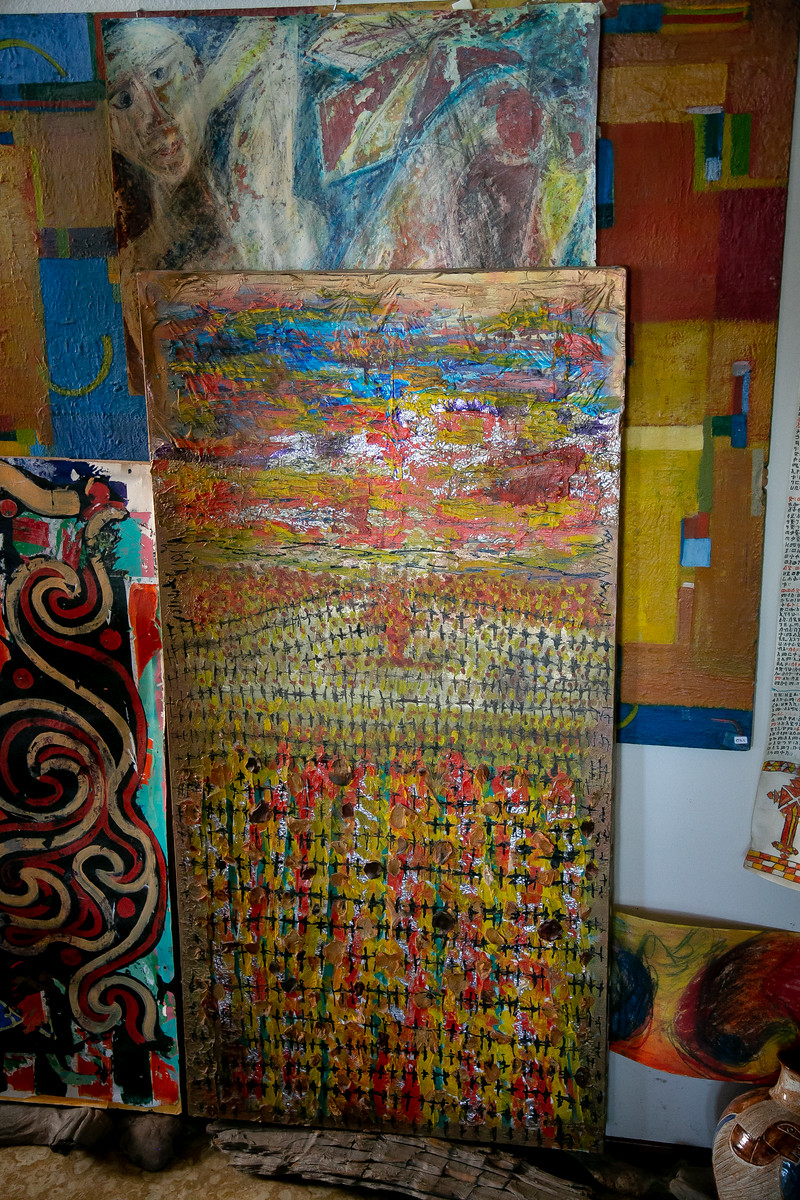
In the background, Dorothy drawings. In the foreground, an acrylic landscape of a Sonoma County vineyard.

Crayon drawings that Dorothy made in a the Var region of southern France. On the right is the France’s champion boule player.
In keeping with recent tradition, I now present photos from the shoot that are expressed with a landscape orientation.
In the summer of 1946, Dorothy bought this painting by Chiura Obata at the studio of Ansel Adams in Yosemite. Obata was a well-known Japanese-American artist and popular art teacher at the University of California, Berkeley.

On the left, Marguerite’s last plaque,based on drawings she made in Guatemala . The mask is also Guatemalan.
Dewi Sri, or Shridevi is the Javanese, Sundanese, and Balinese pre-Hindu and pre-Islam era goddess of rice and fertility, still widely worshipped on the islands of Bali and Java.
Herger made the sketches here of restaurant/bar customers and a feral cat in the village of Chateau Double in the Var department. I can’t put my finger on it, but these crayon drawings from the French Village really knocked me for a loop.
Herger sketched, drew and made these watercolors along three blocks of whorehouses and bars on Georgia Street. In 2004, The Fetterly Gallery in Vallejo, during opening day of its “Wild Women 2: Telling Tales” exhibition on March 20, 2004, held a special tribute to “artist, educator and local treasure Dorothy Herger”with the unveiling of a mural “Bright moment, at the beginning of lower Georgia Street, 1969” by Trevor Burrowes, Pete Hubbard and Sarah Nichols.
For a fitting final image, this:
Herger bought this dress in Damascus.
It’s quite a dress. Doug Heine is wearing quite a hat!
The event for which Dorothy wore the dress (and Doug the top hat) was a special one for her.
And while talking about Dorothy and the museum, they sell very high quality prints of her Georgia Street drawings. And – bonus – coffee mugs with the art on them. They don’t seem to be available online yet.
After working on the photo captions, Dorothy and I walked her house. We estimated that the photographs that John Storey had taken represent a single-digit percentage of the art hanging on her walls, on shelves, and in closets. Yikes.
This is a lot of art, made and gathered over decades.
Dorothy has lived a life that can a lesson for all of us. She found what she loved and she chased it. Without mercy. She worked a job that paid a modest salary, yet she lives in a world of art that makes you embarrassed to have even thought about money. She was frugal, and saw the world and brought back art. She is in her sixth decade collecting and making art. She has slowed the pace of acquisition, but every one of the many pieces of art in her home looks like it arrived yesterday and was given its special place. She is a life lesson for us about pursuing what we love. I thrill as she talks about Pond Farm in the 1950s – I am There with her. What a life!
I asked my friend to look at the post. He did.
“You’d think that I would get used to what you are finding,” he said. “I haven’t. You know I dig Vallejo and my pal the shade tree mechanic who has a tremendous eye for antiques and finds just incredible stuff you wouldn’t expect.”
 “He just found these chairs at a yard sale in Suisun City. Made by D.I.M (Decoration Intérieure Moderne). Easily worth twenty grand. He paid seven hundred bucks. I gave him a grand over that. They’re gonna look great in my quarters.”
“He just found these chairs at a yard sale in Suisun City. Made by D.I.M (Decoration Intérieure Moderne). Easily worth twenty grand. He paid seven hundred bucks. I gave him a grand over that. They’re gonna look great in my quarters.”
Sorry my friend, but we don’t have time for a digression after all these photos. What does he think of the post?





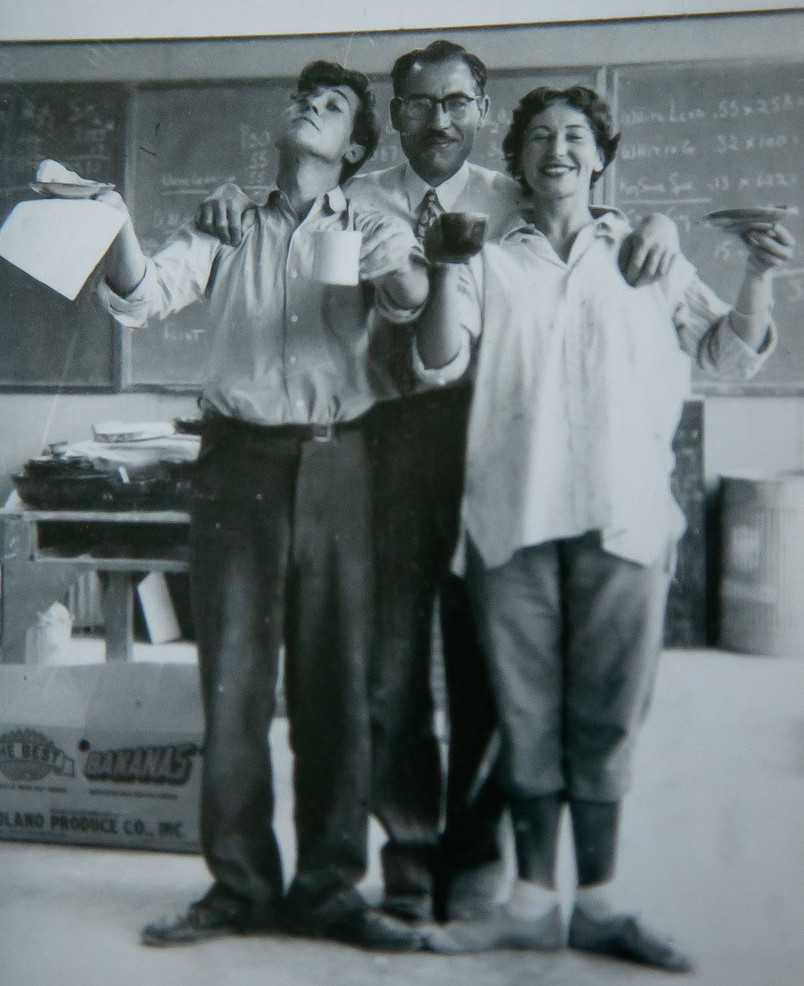















 Treasures up close; knight in shining armor bought in Tuscany.
Treasures up close; knight in shining armor bought in Tuscany.

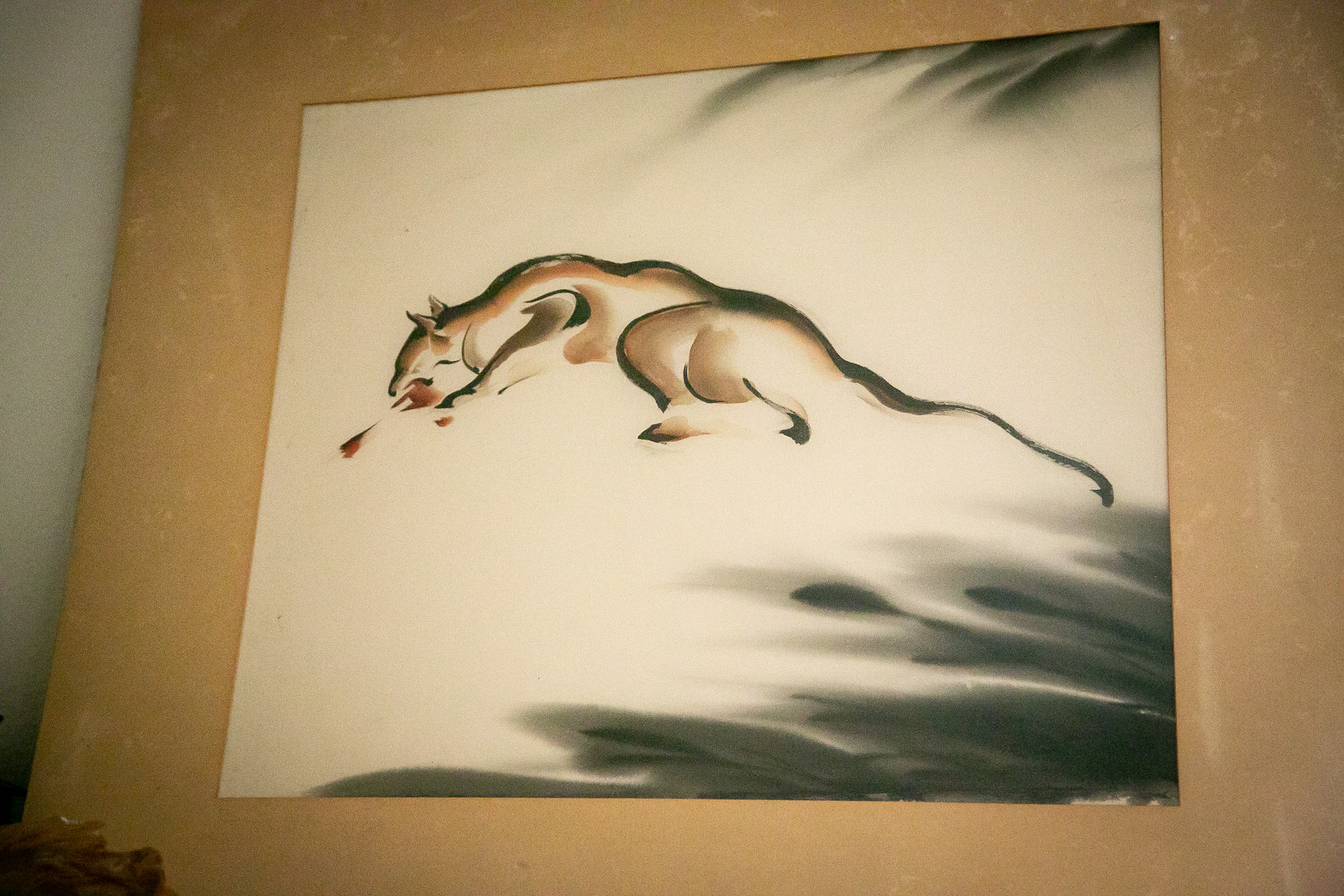


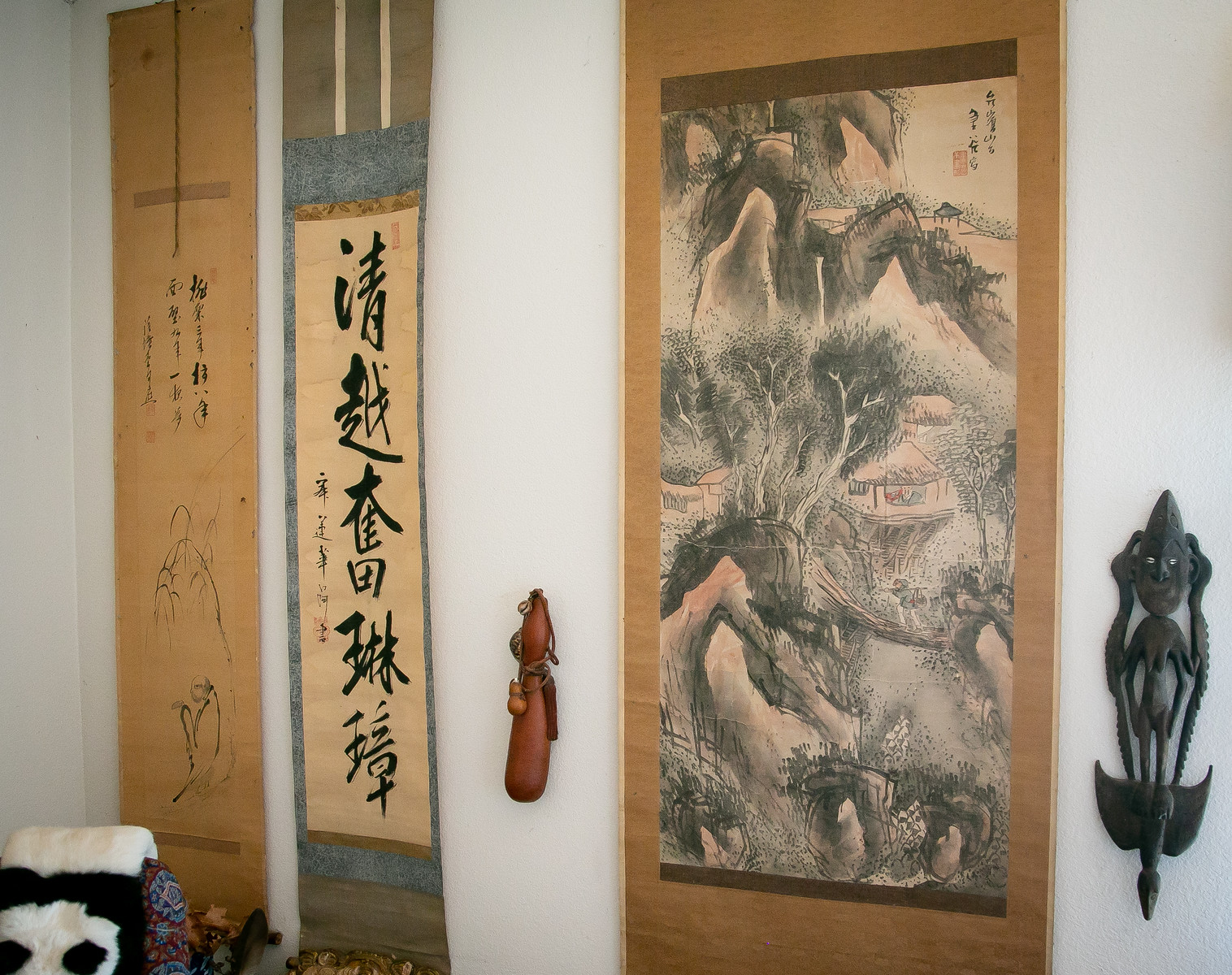
















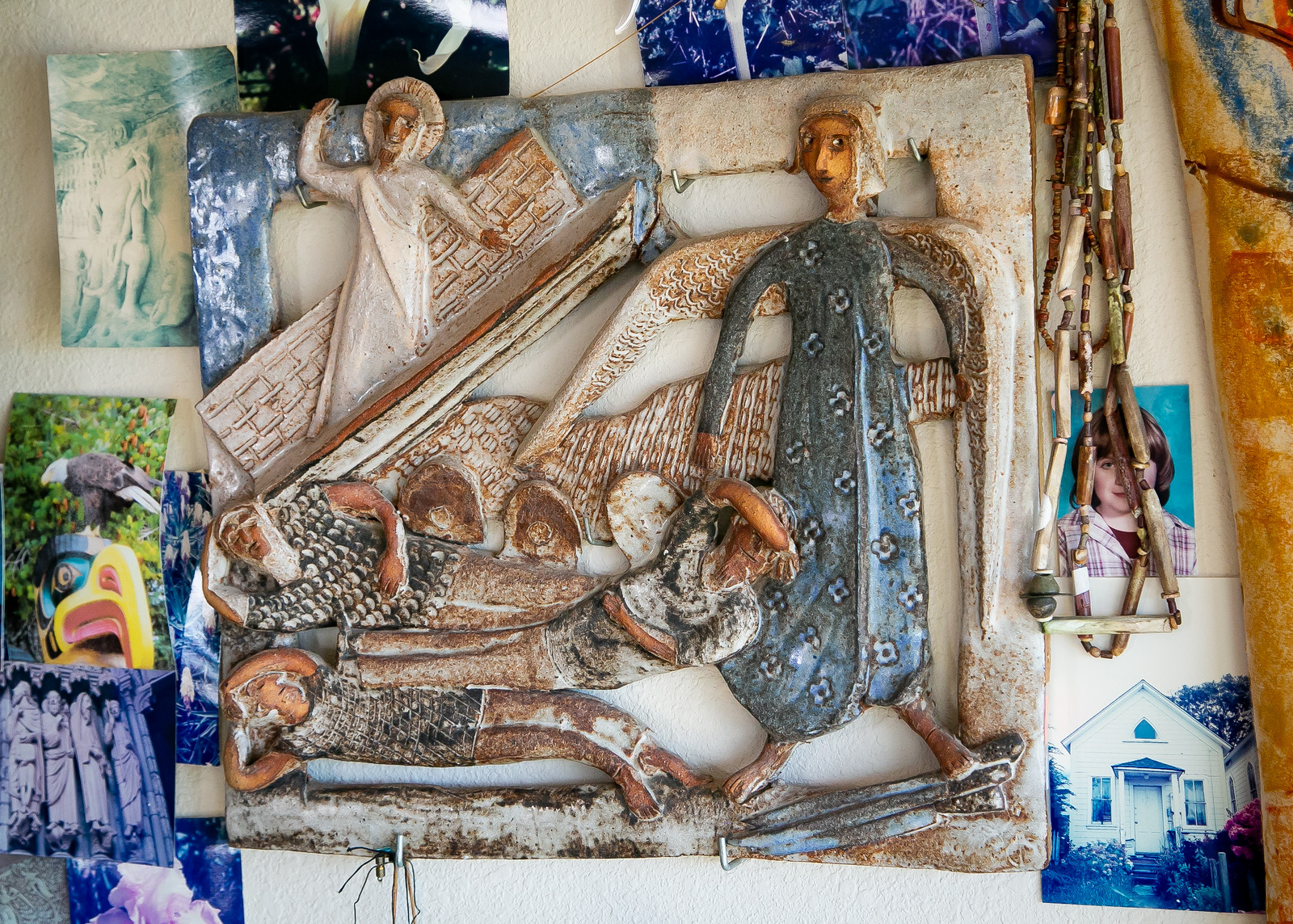




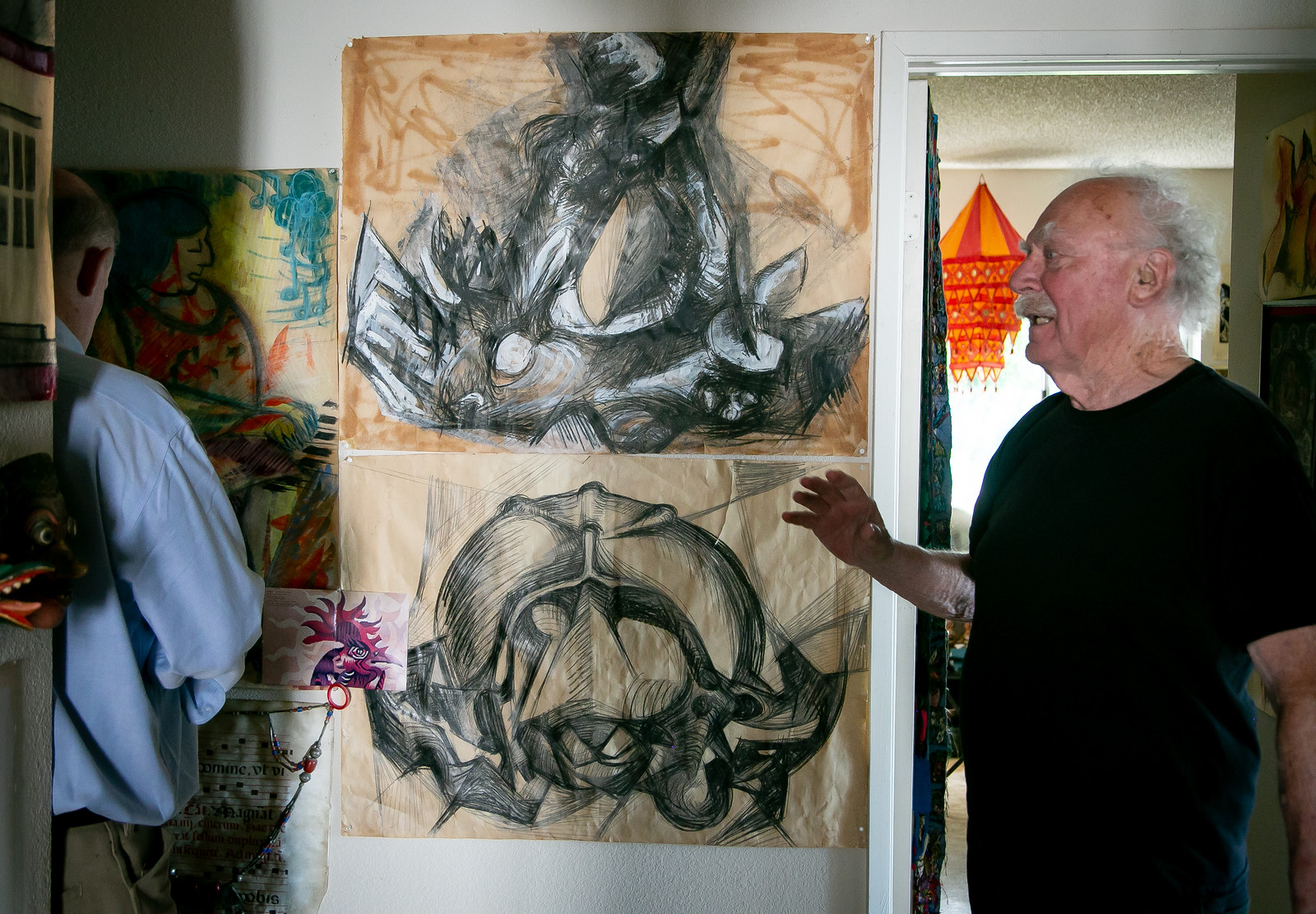


















YES!
Thanks Tom, You and John did an outstanding job on an outstanding human being !
Beautiful. Just beautiful, Tom. Thanks.
I love this woman and her story. Quirky people are the best!
I love your reporting! This was outstanding as was Susan Brooks’ sketchbooks! Many thanks. Keep up the good work.
Dorothy remains one of the liveliest conversationalists I know. She taught an art class I took in the 1980s, and we reconnected years later. She’s delightful. I’m glad to see a record of her entrancing home. Thanks!
Dorothy was my art teacher at Solano Community College. She was a strong influence on me. I create art and still communicate with her. She was/is my favorite teacher ❣ Thank you for interviewing her.
She is a treasure. Thanks for writing. Tom